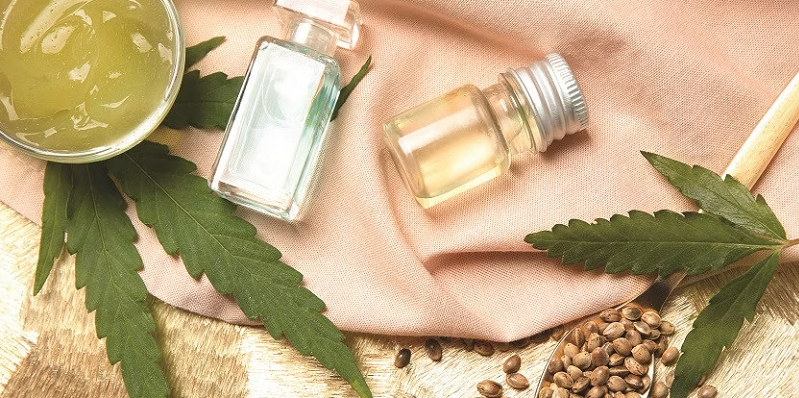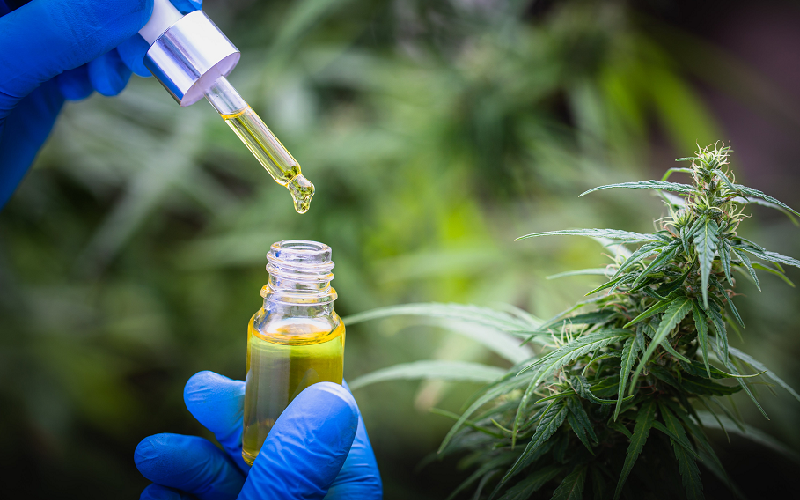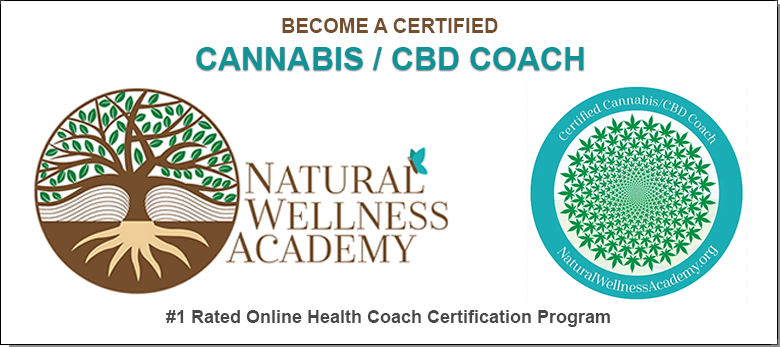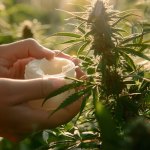As cannabis gains acceptance for its therapeutic benefits, understanding how to properly use it becomes crucial. For cannabis coaches, knowledge about dosage and delivery methods is essential to guide clients effectively. Here we cover the fundamental aspects of cannabis dosage and various delivery methods, ensuring that every coach is equipped to help clients make informed decisions.
Contents
- Understanding Cannabis Dosage
- Delivery Methods of Cannabis
- Matching Cannabis Dosage to Delivery Method
- Practical Tips for Cannabis Coaches
- References
Understanding Cannabis Dosage
Knowing the right cannabis dosage is key to achieving desired effects while minimizing unwanted side effects. Different factors can influence the appropriate dose for each individual. Let’s explore these factors and how they affect cannabis use.
Factors Influencing Dosage
Determining the correct cannabis dosage depends on several personal and physiological factors.
Individual Tolerance
Tolerance to cannabis varies greatly among users. Regular users may require higher doses to achieve the same effects that occasional users experience with smaller amounts.
Body Weight and Metabolism
Just like with other substances, a person’s body weight and metabolic rate can impact how cannabis affects them. Generally, individuals with higher body weight or faster metabolism may need higher doses.
Health Conditions
Certain medical conditions can affect how cannabis is processed in the body. For instance, individuals with liver or kidney issues may metabolize cannabis differently, necessitating dose adjustments.
Previous Cannabis Use
Past experience with cannabis can also influence tolerance and the required dosage. New users typically need lower doses compared to experienced users.
Common Dosage Ranges
Cannabis dosages can vary widely depending on the form and intended use. Here are some general ranges to consider.
Microdosing
Microdosing involves taking very small amounts of cannabis, usually between 1 to 2.5 milligrams of THC. This method is popular for those seeking the therapeutic benefits without psychoactive effects.
Standard Doses
Standard doses range from 5 to 20 milligrams of THC. These doses are typically used for managing chronic pain, anxiety, or insomnia.
High Doses
High doses exceed 20 milligrams of THC and are usually reserved for individuals with significant tolerance or specific medical conditions requiring intense relief.
Determining the Right Dosage
Finding the optimal cannabis dose involves a careful approach, especially for new users.
Start Low and Go Slow Approach
The best practice for dosing is to start with a low amount and gradually increase until the desired effects are achieved. This minimizes the risk of overconsumption and negative side effects.
Adjusting Based on Effects and Needs
Monitoring the effects of cannabis and making necessary adjustments is crucial. Individuals should assess how they feel after taking cannabis and tweak the dose to better suit their needs.
Consulting with Healthcare Professionals
Consulting with a healthcare professional is recommended, especially for those using cannabis for medical purposes. Professionals can provide guidance on safe and effective dosing based on individual health profiles [1].
Delivery Methods of Cannabis
Understanding the various methods of cannabis delivery is essential for tailoring the experience to individual needs and preferences. Each method has its own set of benefits and drawbacks, influencing onset time, duration, and overall effectiveness.
Inhalation
Inhalation is one of the most common methods of cannabis consumption, offering rapid onset of effects. There are two primary ways to inhale cannabis: smoking and vaping.
Smoking
Smoking involves burning cannabis flower and inhaling the smoke. This method is favored for its quick onset of effects, typically within minutes.
Advantages
- Rapid onset of effects
- Easy to control dosage by regulating the amount smoked
Disadvantages
- Potential respiratory issues from inhaling smoke
- Strong odor that may be undesirable
Vaping
Vaping heats cannabis without burning it, producing a vapor that is inhaled. This method is seen as a healthier alternative to smoking.
Advantages
- Rapid onset similar to smoking
- Less harmful to the lungs compared to smoking
Disadvantages
- Initial cost of purchasing a vaporizer
- Possible health concerns with certain vape products
Oral Consumption
Oral consumption includes any method where cannabis is ingested through the mouth, leading to a delayed but often longer-lasting effect.
Edibles
Edibles come in various forms, such as gummies, baked goods, and beverages. They are popular for their discreetness and ease of use.
Types
- Gummies
- Baked goods
- Beverages
Advantages
- Discreet and easy to consume
- Long-lasting effects
Disadvantages
- Delayed onset of 30 minutes to 2 hours
- Difficult to dose accurately
Tinctures
Tinctures are liquid cannabis extracts taken sublingually or added to food and drinks. They offer a flexible dosing option.
How They Work
- Administered under the tongue for faster absorption
- Can be mixed with food or beverages
Advantages
- Faster onset than edibles when taken sublingually
- Precise dosing with droppers
Disadvantages
- Taste may be unpleasant for some users
- Variable absorption rates
Capsules and Tablets
Capsules and tablets provide a familiar and straightforward method of cannabis consumption, similar to taking other medications.
Advantages
- Consistent and precise dosing
- Easy to take and carry
Disadvantages
- Delayed onset similar to edibles
- Less flexibility in adjusting doses
Topical Applications
Topical cannabis products are applied directly to the skin, providing localized relief without psychoactive effects.
Creams and Lotions
Creams and lotions infused with cannabis are used to target specific areas for pain relief and inflammation.
Uses and Benefits
- Ideal for localized pain and inflammation
- Non-psychoactive
Limitations
- Limited to surface-level relief
- May require frequent application
Transdermal Patches
Transdermal patches deliver cannabis through the skin, offering a steady release of cannabinoids into the bloodstream [2].
How They Work
- Patches are applied to the skin, providing a controlled release
Advantages
- Consistent and prolonged effects
- Convenient and discreet
Disadvantages
- Slower onset compared to inhalation
- Potential for skin irritation
Sublingual Administration
Sublingual administration involves placing cannabis products under the tongue, allowing for quick absorption through the mucous membranes.
How It Works
- Products are held under the tongue for absorption into the bloodstream
Advantages
- Faster onset than edibles
- Easy to control dosage
Disadvantages
- Taste may be an issue for some users
- Less discreet than some other methods

Matching Cannabis Dosage to Delivery Method
Choosing the right dosage and delivery method is crucial for achieving the desired effects while maintaining safety and comfort. Each method impacts the onset, duration, and bioavailability of cannabis, making it important to understand these differences to make informed recommendations.
Effect Onset and Duration
The onset and duration of cannabis effects vary significantly depending on the delivery method. Understanding these differences helps in selecting the appropriate method for specific needs.
Inhalation vs. Oral Consumption
Inhalation methods like smoking and vaping provide rapid onset of effects, typically within minutes, and last for 2 to 4 hours. This makes inhalation suitable for acute relief situations where immediate effects are needed.
Oral consumption methods, such as edibles and capsules, have a delayed onset of 30 minutes to 2 hours, but effects can last much longer, ranging from 4 to 8 hours or more. This makes them ideal for sustained relief or conditions that require long-lasting effects [3].
Topical vs. Sublingual
Topical applications provide localized relief without psychoactive effects, making them suitable for treating pain and inflammation in specific areas. The effects typically start within minutes and can last several hours.
Sublingual administration offers a quicker onset than oral consumption, usually within 15 to 30 minutes, with effects lasting 2 to 4 hours. This method is useful for those who need faster relief without the prolonged wait associated with edibles.
Bioavailability of Different Methods
Bioavailability refers to the proportion of cannabinoids that enter the bloodstream and produce active effects. Different methods have varying levels of bioavailability, affecting the efficiency of cannabis delivery.
Absorption Rates
Inhalation methods have high bioavailability, with up to 56% of cannabinoids being absorbed. This makes them efficient for quick relief and precise dosing.
Oral consumption has lower bioavailability, typically around 4% to 20%, due to the digestive process. This means higher doses are often needed to achieve the same effects as inhalation.
Efficiency in Delivering Cannabinoids
Topical applications provide cannabinoids directly to the affected area, bypassing the bloodstream, which is efficient for localized treatment but not for systemic effects.
Sublingual administration has moderate bioavailability, around 12% to 35%, as cannabinoids are absorbed directly into the bloodstream through the mucous membranes. This method balances efficiency with ease of use.
Situational Recommendations
Choosing the right delivery method and dosage depends on the specific situation and desired outcomes. Here are some recommendations based on common scenarios.
Acute Relief
For situations requiring immediate relief, such as acute pain or anxiety, inhalation methods like smoking or vaping are ideal due to their rapid onset and high bioavailability.
Chronic Conditions
For chronic conditions that require long-lasting relief, such as chronic pain or insomnia, oral consumption methods like edibles or capsules are recommended. These provide sustained effects and are convenient for ongoing treatment.
General Wellness
For general wellness and preventive use, sublingual administration or low-dose edibles can be effective. These methods offer a balance of convenience, moderate onset time, and prolonged effects without the intensity of higher doses.
Practical Tips for Cannabis Coaches
As a cannabis coach, providing informed and practical advice to clients is essential for their safety and satisfaction. By following these tips, you can help your clients navigate their cannabis use effectively and responsibly.
Educating Clients About Safe Dosage
One of the most important roles of a cannabis coach is to educate clients about safe dosage practices. Understanding the principles of dosing can prevent negative experiences and promote positive outcomes [4].
Start Low and Increase Gradually
Advise clients to start with a low dose, especially if they are new to cannabis. Emphasize the importance of gradually increasing the dose until the desired effects are achieved.
Monitor and Record Effects
Encourage clients to keep a journal of their cannabis use, noting the dose, method of consumption, and effects experienced. This can help in identifying the most effective dosage and delivery method.
Guiding Clients in Selecting Appropriate Delivery Methods
Selecting the right delivery method is crucial for achieving the desired effects and ensuring a positive experience. Guide your clients through the various options based on their needs and preferences.
Assess Client’s Goals and Preferences
Discuss with clients what they hope to achieve with cannabis use, whether it’s pain relief, anxiety management, or general wellness. Tailor your recommendations based on these goals and their lifestyle preferences.
Explain the Pros and Cons
Provide a balanced view of the pros and cons of each delivery method, such as the rapid onset of inhalation versus the prolonged effects of edibles. This helps clients make informed decisions.
Monitoring and Adjusting Dosage Over Time
Cannabis tolerance and needs can change over time, so it’s important to regularly assess and adjust dosage to maintain effectiveness and safety.
Regular Check-Ins
Schedule regular check-ins with clients to discuss their cannabis use and any changes in their condition or experience. This allows for timely adjustments to their dosage or method.
Adapting to Tolerance Changes
Educate clients about the potential for developing a tolerance to cannabis and the need to adjust their dosage accordingly. Encourage periodic breaks if necessary to reset tolerance levels.
Keeping Up with Research and Trends in Cannabis Use
Staying informed about the latest research and trends in cannabis use ensures that you provide the most current and accurate advice to your clients.
Continuing Education
Participate in continuing education opportunities such as workshops, webinars, and professional courses. This keeps your knowledge base up to date.
Networking with Other Professionals
Join professional organizations and networks to connect with other cannabis coaches and industry experts. Sharing knowledge and experiences can enhance your coaching practice.
References
[1] Cannabinoid Formulations and Delivery Systems
[2] Medical Cannabis: Understanding dosing, concentrations, and delivery routes
[3] What’s the Right (and Safe) Dosage of THC?
[4] Medical Cannabis Dosing and Administration






